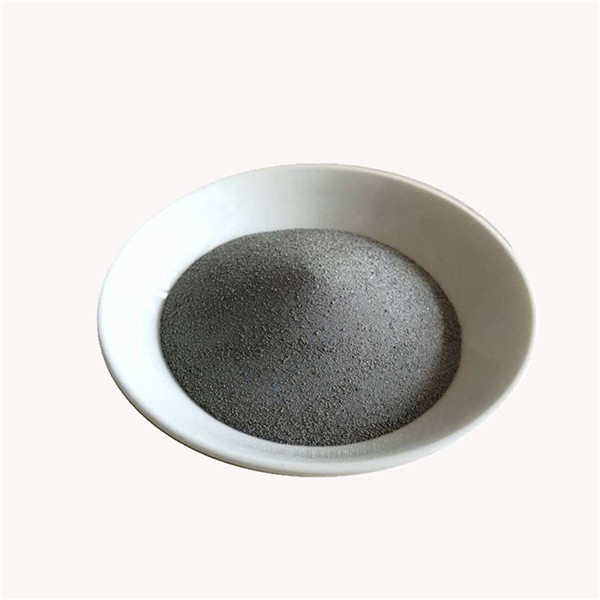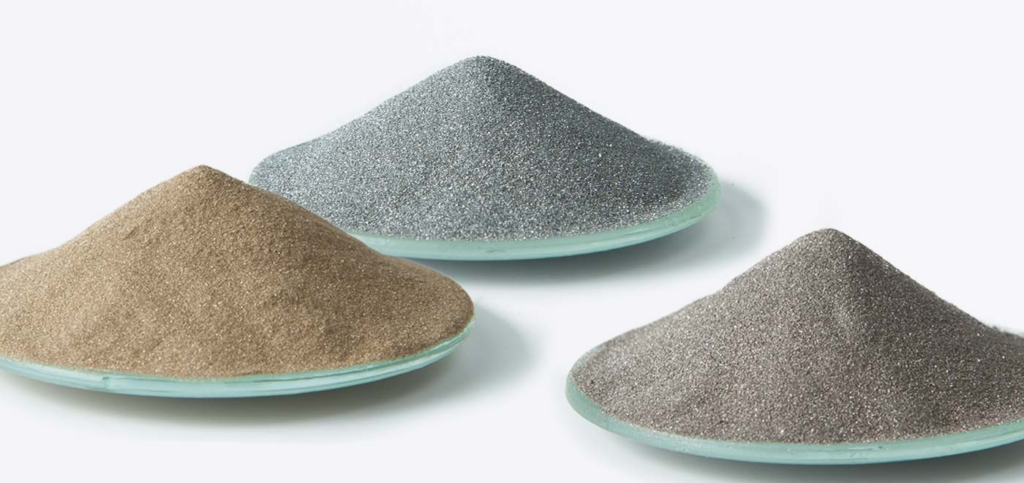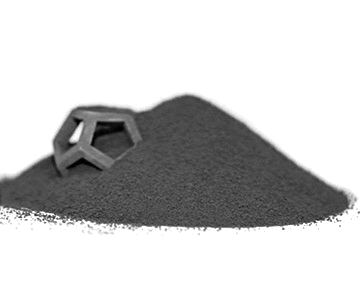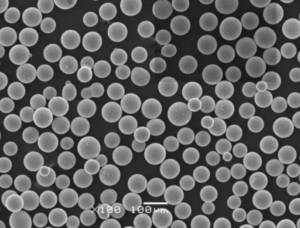はじめに
現代の工学では、卓越した特性を持つ材料への要求が、tc4材料のような高度な合金の開発につながった。この記事では TC4素材その特性、用途、製造技術、そして他のチタン合金との比較。また、その長所と短所、そして将来的な展望についてもお話しします。
TC4素材とは?
tc4材料は、その優れた特性のために様々な産業で広く使用されているチタン合金です。Ti-6Al-4Vとしても知られ、これは6%のアルミニウムと4%のバナジウムの組成を示しています。これらの元素の組み合わせにより、強靭で軽量な素材となり、幅広い用途に適しています。

TC4素材の特性
高い強度重量比
TC4素材の最も顕著な特徴のひとつは、その高い強度対重量比である。つまり、軽量であるにもかかわらず優れた機械的強度を示し、高荷重や過酷な条件にも耐えることができるのです。このような特性により、航空宇宙や自動車などの産業にとって理想的な選択肢となります。
耐食性
TC4材料は、特に腐食性の強い環境において優れた耐食性を発揮します。この特性は、部品が化学薬品、海水、その他の腐食性物質にさらされる産業において非常に重要であり、製品の寿命と信頼性を保証します。
生体適合性
工業用途に加え、TC4は生体適合性にも優れているため、医療用インプラントにも適している。人体によくなじみ、生理的な環境下でも腐食しにくいため、整形外科や歯科のインプラントによく使われている。
TC4素材の用途
航空宇宙産業
航空宇宙産業では、航空機部品の製造にTC4材が広く利用されている。その高強度、軽量、耐食性は、航空宇宙システムの燃費効率と性能向上に貢献している。
医療用インプラント
TC4材料の生体適合性は、人工関節、骨プレート、歯科インプラントなどの医療用インプラントの製造に貴重な資源となる。人体組織との適合性により、拒絶反応のリスクが軽減され、治癒が早まる。
スポーツ用品
スポーツ業界では、TC4素材は軽量で耐久性のある用具の製造に使用されている。自転車フレーム、テニスラケット、ゴルフクラブなどによく使用され、アスリートのパフォーマンス向上に貢献している。
自動車産業
TC4素材は、燃費向上のために車両の軽量化が重要な目標となっている自動車分野で採用が進んでいる。エンジン部品、排気システム、サスペンション部品に使用されることで、車両全体の性能を向上させることができる。
海洋工学
海洋環境では、海水やその他の過酷な条件によって材料が激しい腐食にさらされます。TC4材の耐食性は、造船や水中部品などの海洋工学用途に適しています。

TC4素材の製造
TC4素材は様々な工程を経て製造され、それぞれに利点がある。
粉末冶金
粉末冶金では、チタン合金粉末を圧縮・焼結して固体部品を形成します。このプロセスにより、複雑な形状と最終製品の精密な制御が可能になります。
熱間静水圧プレス(HIP)
HIPは、材料を高温高圧にさらすことで、気孔を減らし、材料の特性を向上させ、より高品質の製品を生み出す。
アディティブ・マニュファクチャリング(3Dプリンティング)
アディティブ・マニュファクチャリング(3Dプリンティング)は、材料の無駄を少なくして複雑な形状を製造することを可能にする。この技術は、航空宇宙や医療部品の製造に革命をもたらした。
鍛造と機械加工
鍛造と機械加工は、TC4材を希望する形状に成形するための伝統的な方法である。これらの方法は古くからある方法ですが、新しい製造技術に比べると費用対効果が劣る場合があります。
他のチタン合金との比較
TC4とTi-6Al-4Vの比較
TC4は、化学組成が同じであるため、Ti-6Al-4Vと同じ意味で使われることが多い。しかし、地域や業界によって命名規則が異なる場合がある。
TC4 vs TC6
TC4とTC6はどちらもチタン合金ですが、異なる組成と特性を持っています。その違いを理解することは、特定の用途に適した材料を選択するために不可欠です。
TC4素材の長所と短所
メリット
- 高い強度対重量比
- 耐食性
- 生体適合性
- 製造工程の多様性
- 業界を超えた幅広いアプリケーション
デメリット
- 他の素材に比べ高コスト
- 製造時に特殊な取り扱いが必要
将来の展望
TC4素材の将来は、継続的な研究と製造技術の進歩により、有望視されている。産業界が高性能の材料を求め続ける中、TC4はそのユニークな特性の組み合わせから、様々な用途に好まれる材料となるだろう。

結論
TC4材はTi-6Al-4Vとしても知られ、優れた特性を持つチタン合金です。その高い強度対重量比、耐食性、生体適合性により、航空宇宙、医療、スポーツを含む様々な産業において不可欠なものとなっています。製造技術の進歩により、TC4素材の将来性は明るく、現代工学における重要なプレーヤーとしての地位を確固たるものにしている。
Frequently Asked Questions (FAQ)
1) What is the difference between TC4 and Ti-6Al-4V?
They are the same alloy by composition (≈6% Al, 4% V, balance Ti). “TC4” is the Chinese/ISO trade name used in many APAC markets; “Ti-6Al-4V” is common in ASTM/AMS contexts. Mechanical properties vary by processing route and standards (e.g., annealed vs. STA).
2) What are typical mechanical properties of TC4 material?
Room-temperature ranges (spec-dependent): UTS 895–1100 MPa, YS 825–1000 MPa, elongation 8–14%, density 4.43 g/cm³, modulus ~110 GPa, fatigue strength ~510–600 MPa at 10⁷ cycles. Always verify against the applicable standard (ASTM B348, AMS 4928, GB/T 3620.1).
3) Is TC4 suitable for 3D printing?
Yes. Ti-6Al-4V Grade 23 (ELI) and Grade 5 powders are widely used in L-PBF and EBM. Proper powder specs (D10–D90, O/N/H limits) and post-processing (HIP + stress relief) are critical to meet aerospace/medical requirements.
4) How does TC4 perform in corrosion and marine environments?
Excellent resistance to chloride and seawater due to stable TiO₂ passive film. Crevice corrosion can occur under stagnant conditions; design for flow, use proper surface finishing, and avoid galvanic couples with dissimilar metals.
5) What are common surface and heat treatments for TC4?
- Heat: Anneal, solution treat and age (STA), stress relief, HIP
- Surface: Anodizing (Type II/III), shot peening, polishing, nitriding, PVD coatings, grit blasting before bonding. Treatments are selected to balance fatigue life, wear, and corrosion.
2025 Industry Trends for TC4 Material
- Aerospace rebound: Narrowbody build rates rising are driving demand for forged and AM Ti-6Al-4V brackets, ducts, and fasteners.
- Medical growth: Patient-specific AM implants (Grade 23) scaling, with stricter powder re-use controls.
- Cost pressure: Vanadium volatility pushing some OEMs to dual-qualify Ti-6Al-4V and near-β alternatives where feasible.
- Sustainability: LCA/Scope 3 reporting favors recycled Ti feedstock, closed-loop powder reclamation, and EAF/VAR route transparency.
- Standards update: Tighter specifications on oxygen and hydrogen content for AM powders and parts to improve fatigue consistency.
| Metric/Trend (2025) | 2023 Baseline | 2025 Estimate | Notes/Sources |
|---|---|---|---|
| Global Ti-6Al-4V demand (Aero + Med + AM), kt | ~68 | 78–82 | Market analyses indicate ~7–9% CAGR led by AM and aero build rates (see IEA Energy Technology Perspectives; Boeing/Airbus guidance; ASTM/AMUG reports) |
| L-PBF Ti-6Al-4V parts HIP adoption | ~65% | 80–90% | HIP increasingly mandated to stabilize fatigue scatter in safety-critical parts (ASTM F3301, OEM specs) |
| Average recycled Ti content in mill products | 15-20% | 25–30% | Driven by sustainability targets and scrap recovery innovations (USGS Mineral Commodity Summaries; OEM ESG reports) |
| Typical AM powder reuse cycles (without refresh) | 8–12 | 5–8 | Stricter oxygen uptick limits cut reuse; more frequent refresh improves consistency (ASTM F2924/F3001 guidance, OEM PQP data) |
| Median lead time for forged TC4 billets | 18–24 weeks | 14–18 weeks | Capacity expansions and digital QMS reduce bottlenecks (industry procurement surveys) |
Authoritative references:
- ASTM International: F2924, F3001, F3301, B348, B381 (astm.org)
- USGS Titanium Mineral Commodity Summaries (usgs.gov)
- ISO 5832-3 (medical Ti-6Al-4V ELI), ISO/ASTM 529XX AM standards (iso.org)
- IEA Energy Technology Perspectives on materials for clean energy (iea.org)
- FDA 510(k) database for Ti-6Al-4V implants (accessdata.fda.gov)
Latest Research Cases
Case Study 1: L-PBF Ti-6Al-4V Lattice Implants with In-Process Monitoring (2025)
Background: A medical OEM sought repeatable porous hip cups with Grade 23 ELI requirements and tighter fatigue performance variance.
Solution: Implemented melt pool tomography with closed-loop parameter adjustment; post-build HIP + surface electropolish; powder oxygen monitored each reuse with 0.03 wt% refresh triggers.
Results: Fatigue life at 10⁷ cycles improved by 22% (median) and Cpk increased from 1.12 to 1.56; rejection rate dropped from 5.8% to 1.9%. Documentation aligned with ASTM F3301 and ISO 5832-3.
Case Study 2: Hybrid Forging + Additive “Buy-to-Fly” Reduction for Aero Brackets (2024)
Background: An aerospace Tier-1 aimed to cut material waste on complex TC4 brackets previously hogged from plate (BTF ~6.5:1).
Solution: Near-net preform forging followed by L-PBF build-up of features; single HIP cycle; STA heat treatment to AMS 4928 property envelope.
Results: Buy-to-fly improved to 2.1:1, part mass reduced 9%, and total cost down 18% while meeting fatigue and corrosion requirements per AMS/ASTM standards.
Expert Opinions
- Dr. Mahta M. Moghimi, Professor of Additive Manufacturing, University of Sheffield
Key viewpoint: “For Ti-6Al-4V in safety-critical service, coupling real-time melt pool analytics with mandatory HIP is now best practice to tame fatigue scatter.” - David Hudson, VP Materials Engineering, Airbus (public interviews and conference remarks)
Key viewpoint: “Dual-qualification of forged and AM Ti-6Al-4V hardware ensures supply resilience as build rates climb, provided equivalency is demonstrated through fracture-critical testing.” - Dr. Laura E. Suggs, Biomedical Engineer and Editor, Journal of Biomedical Materials Research
Key viewpoint: “ELI-grade oxygen control and validated surface topography are decisive for osseointegration and long-term performance of Ti-6Al-4V implants.”
Practical Tools/Resources
- ASTM Compass: Standards for Ti-6Al-4V (B348, B381, F2924, F3001, F3301) – https://www.astm.org
- ISO Standards Catalogue: ISO 5832-3 and ISO/ASTM 529xx AM standards – https://www.iso.org
- FDA 510(k) Database for Ti-6Al-4V implants – https://www.accessdata.fda.gov/scripts/cdrh/cfdocs/cfpmn/pmn.cfm
- NIST AM-Bench datasets for Ti-6Al-4V process parameters – https://www.nist.gov/ambench
- USGS Titanium Statistics and Information – https://www.usgs.gov/centers/national-minerals-information-center/titanium-statistics-and-information
- Granta EduPack/Ansys Materials: Property datasets and eco auditing for Ti alloys – https://www.ansys.com/products/materials
- Powder Handling Guide (free) by ASTM/SAE webinars for Ti AM – check event listings at https://www.sae.org and https://www.astm.org
Last updated: 2025-08-19
Changelog: Added FAQs, 2025 market trends with data table, two recent case studies, expert opinions, and practical resources with authoritative links.
Next review date & triggers: 2026-02-01 or earlier if ASTM/ISO release new AM standards, major aerospace build-rate changes, or FDA issues updated guidance on titanium implant materials.

